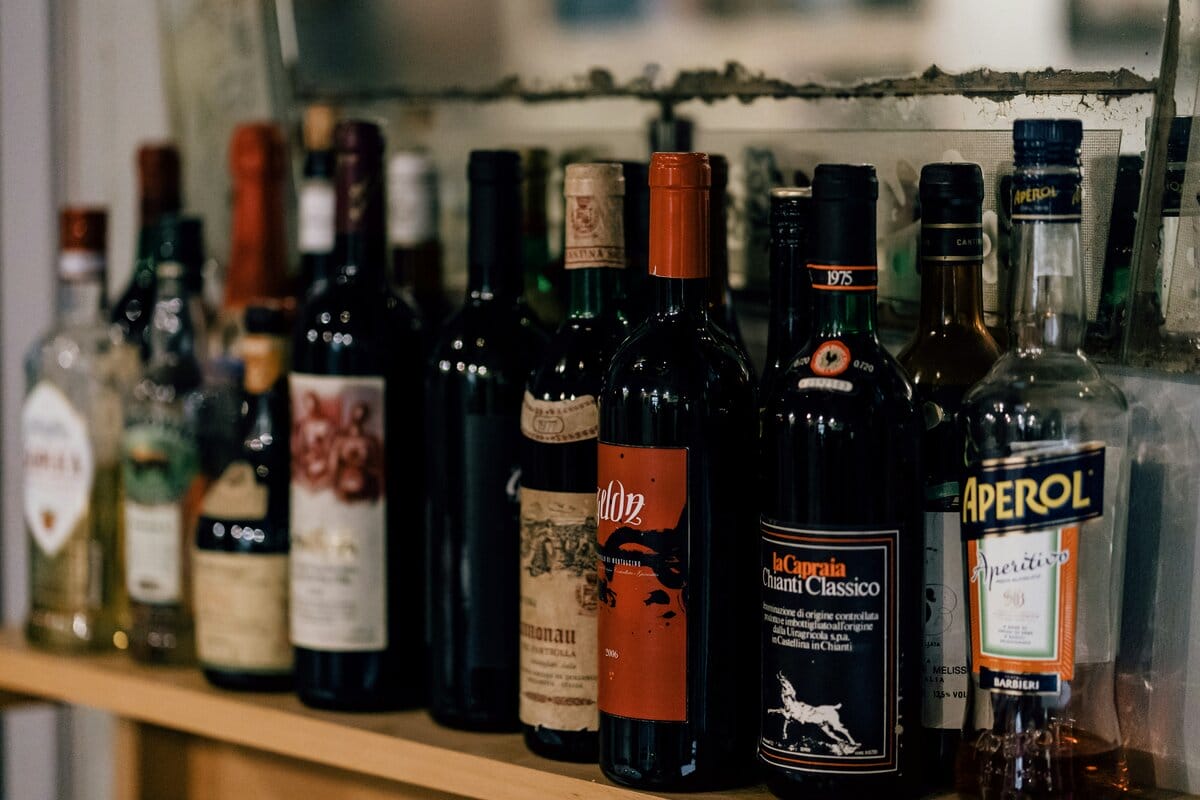
What is Grappa: The Ultimate Guide to Italy’s Iconic Spirit
July 4, 2024
Grappa, an iconic Italian spirit, is deeply rooted in the country’s rich cultural and culinary heritage. This unique distilled beverage is known for its robust flavor and aromatic qualities. Traditionally, grappa was considered a poor man’s drink, made by resourcefully utilizing the remnants of the winemaking process. Today, it enjoys global recognition and is celebrated as a sophisticated and versatile spirit.
Grappa is typically enjoyed as a digestif, a drink meant to aid in digestion after a hearty meal. Its high alcohol content and intense flavors make it an acquired taste, but once you develop an appreciation for it, grappa can become a delightful addition to your repertoire of spirits. This guide will delve into what is grappa, what it is made from, how to drink it, how it is made, and where to buy it if you are on a trip to Italy in Rome, Florence, Naples or Milan.
Table of Contents
ToggleThe history of grappa
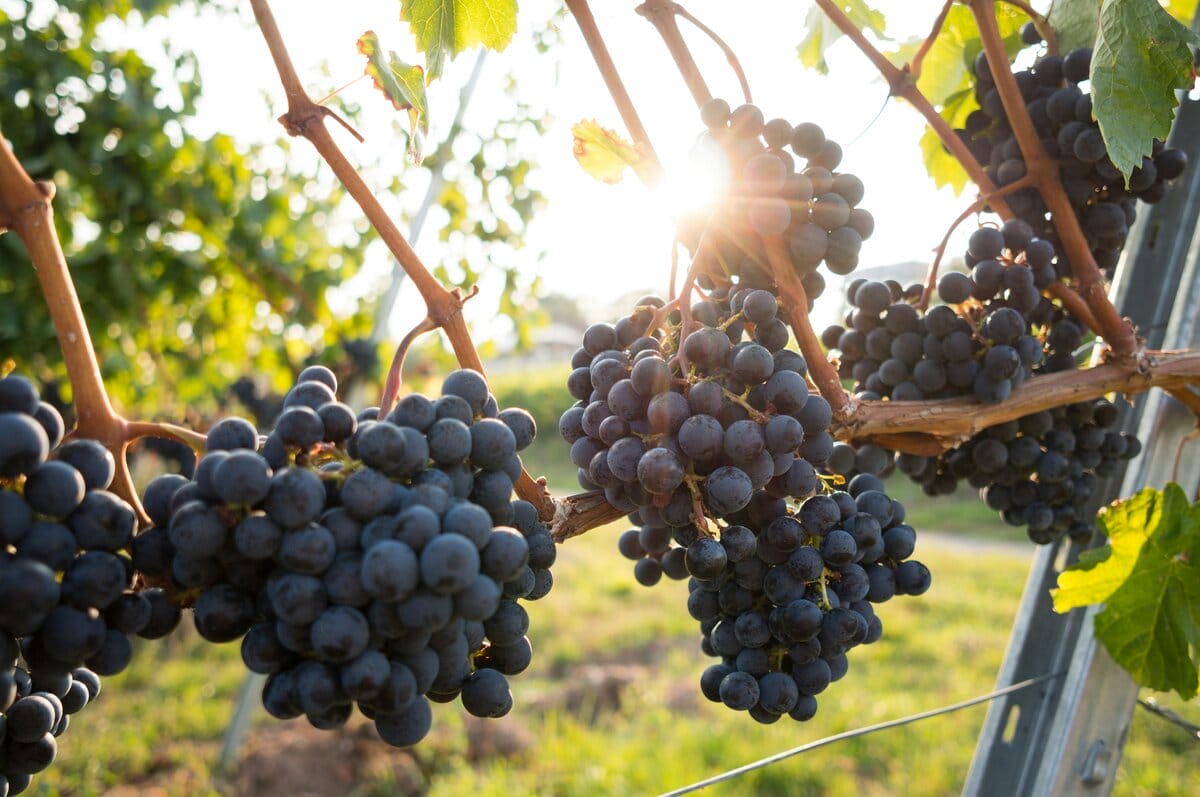
Wondering what is grappa and where it came from? It’s origins can be traced back to the early days of winemaking in the Mediterranean region Photo credit: David Köhler
The history of grappa is as rich and complex as the spirit itself. Grappa’s origins can be traced back to the early days of winemaking in the Mediterranean region. While the exact timeline of its invention is somewhat murky, evidence suggests that the process of distilling pomace to create a potent spirit dates back to Roman times.
Early beginnings
The practice of distillation was introduced to Europe through the Arabic influence in Spain during the Middle Ages. The technique spread throughout the continent, reaching Italy, where resourceful winemakers saw an opportunity to make use of the leftover pomace from the winemaking process.
By the Middle Ages, grappa had become a common drink among peasants and farmers in northern Italy, particularly in regions like Veneto, Piedmont, and Trentino-Alto Adige.
It was considered a “poor man’s drink” because it was made from the remnants of the winemaking process, materials that were otherwise discarded. During the Renaissance, grappa began to gain a bit more respectability, partly due to advancements in distillation techniques and the burgeoning appreciation for distilled spirits among the European elite.
Industrialization and modernization
The 20th century was a transformative time for grappa. Post-World War II, Italy experienced a cultural and economic renaissance, which included a renewed interest in traditional foods and beverages.
Grappa, which had long been a symbol of Italian ingenuity and thrift, began to be appreciated for its complexity and craftsmanship. This era saw the emergence of artisanal distillers who treated grappa with the same reverence as fine wine, emphasizing quality over quantity.
Grappa today
Today, grappa enjoys a global reputation as a sophisticated and versatile spirit. It is no longer just a drink for the working class but is enjoyed by connoisseurs around the world, so you may want to give it a try if you are visiting Italy, and maybe combine your travels with a wine tasting in Tuscany. Modern grappa distillers continue to innovate, experimenting with different grape varieties, distillation methods, and aging techniques.
Some grappas are aged in barrels, which can impart complex flavors and a smooth finish, while others are bottled immediately to preserve their fresh, vibrant character.
Grappa has also found a place in contemporary cocktail culture, with mixologists incorporating it into inventive new recipes. Its unique flavor profile can add depth and complexity to both classic and modern cocktails.
What is grappa made from?
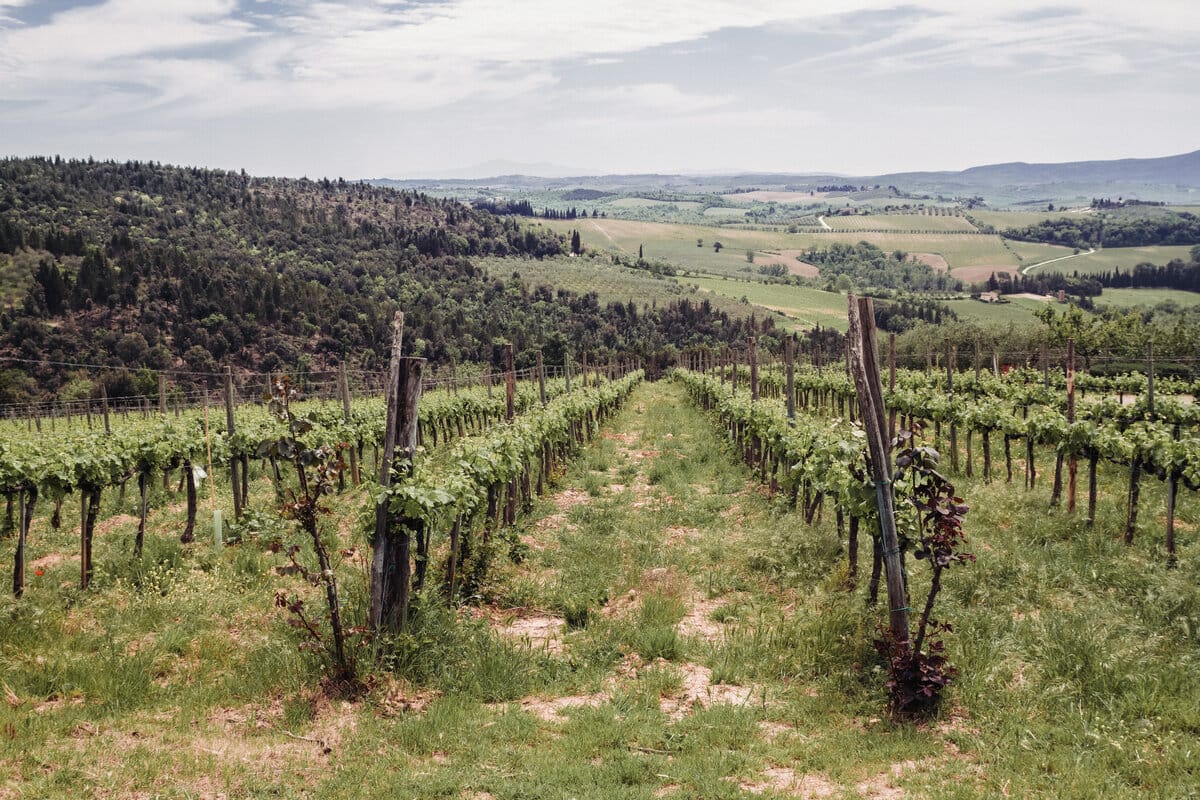
Grappa is derived from the remants of the winemaking process. Known as pomace, its made up of the seeds, skins and stems left over.
To answer the question ‘what is grappa?’ it’s important to understand what grappa is made from. Grappa is made from pomace, which consists of the skins, seeds, and stems left over from winemaking.
Unlike other spirits that are distilled from fermented fruit juices or grains, grappa’s unique flavor profile is derived from these winemaking byproducts. This method of production not only minimizes waste but also imparts grappa with distinctive characteristics that set it apart from other spirits.
The pomace used in making grappa can come from a variety of grapes, including red and white varieties. The type of grape, the region it comes from, and the winemaking process all influence the final flavor of the grappa.
For example, pomace from aromatic grape varieties like Moscato can produce a more fragrant and floral grappa, while pomace from robust red grapes might yield a bolder, more intense spirit.
How to drink grappa?

A tulip-shaped glass is key when drinking grappa as its retains all the aromas and flavors. Photo credit: Connie Perez
Having looked at what is grappa and how it is made, the next thing to look at is how to drink it. Drinking grappa is an experience to be savored. Here are some tips on how to enjoy this potent Italian spirit:
- Choose the right glass: The traditional glass for grappa is a tulip-shaped glass, which helps concentrate the aromas. Alternatively, a small snifter or a shot glass can be used.
- Temperature: Grappa is best served at room temperature. However, some connoisseurs prefer it slightly chilled, especially in warmer climates. Avoid serving it too cold, as this can mute its complex flavors.
- Tasting: Pour a small amount of grappa into the glass. Swirl it gently to release the aromas. Take a moment to inhale the scent deeply; this is a crucial part of the tasting experience. When you sip the grappa, let it sit on your palate for a few moments before swallowing to fully appreciate its flavors.
- Pairing: Grappa pairs wonderfully with strong cheeses, dark chocolate, or as an accompaniment to a rich espresso. It can also be used in cocktails, although it is traditionally enjoyed neat.
- Pacing: Given its high alcohol content, grappa should be sipped slowly and savored. It’s a drink meant to be enjoyed in moderation.
How to make grappa
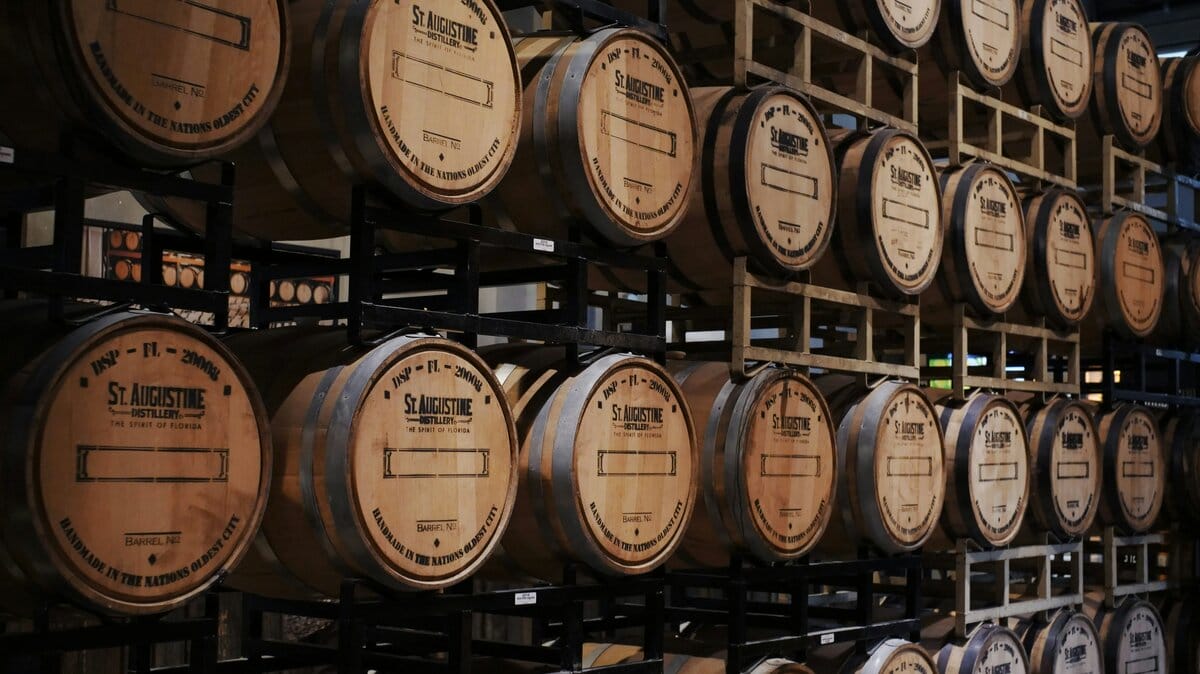
There are multiple steps to making grappa, one of which is the aging stage, when it is placed into barrels to bring out the flavors. Photo credit: Katherine Conrad
Making grappa is both an art and a science, requiring skill and precision. The Italians are masters of the process, and each distillery will have their own take on how to make grappa, but this is an overview of how it is made:
- Collecting pomace: The first step in making grappa is collecting the pomace from winemakers. This pomace must be fresh to prevent unwanted fermentation and spoilage.
- Fermentation: The pomace is then fermented. If the pomace contains enough residual sugars, it can ferment on its own. Otherwise, additional sugar and yeast might be added to facilitate the process.
- Distillation: After fermentation, the pomace is distilled. This is done using either a pot still or a continuous still. The distillation process extracts the alcohol and aromatic compounds from the pomace, resulting in a clear, high-proof spirit.
- Aging and blending: Once distilled, grappa can be aged in barrels, which can impart additional flavors and colors. However, not all grappa is aged; some are bottled immediately to preserve their fresh, vibrant flavors.
- Bottling: The final step is bottling the grappa. It is often filtered to remove any impurities and then bottled at varying alcohol levels, typically between 37.5% and 60% alcohol by volume.
What regions are famous for grappa?
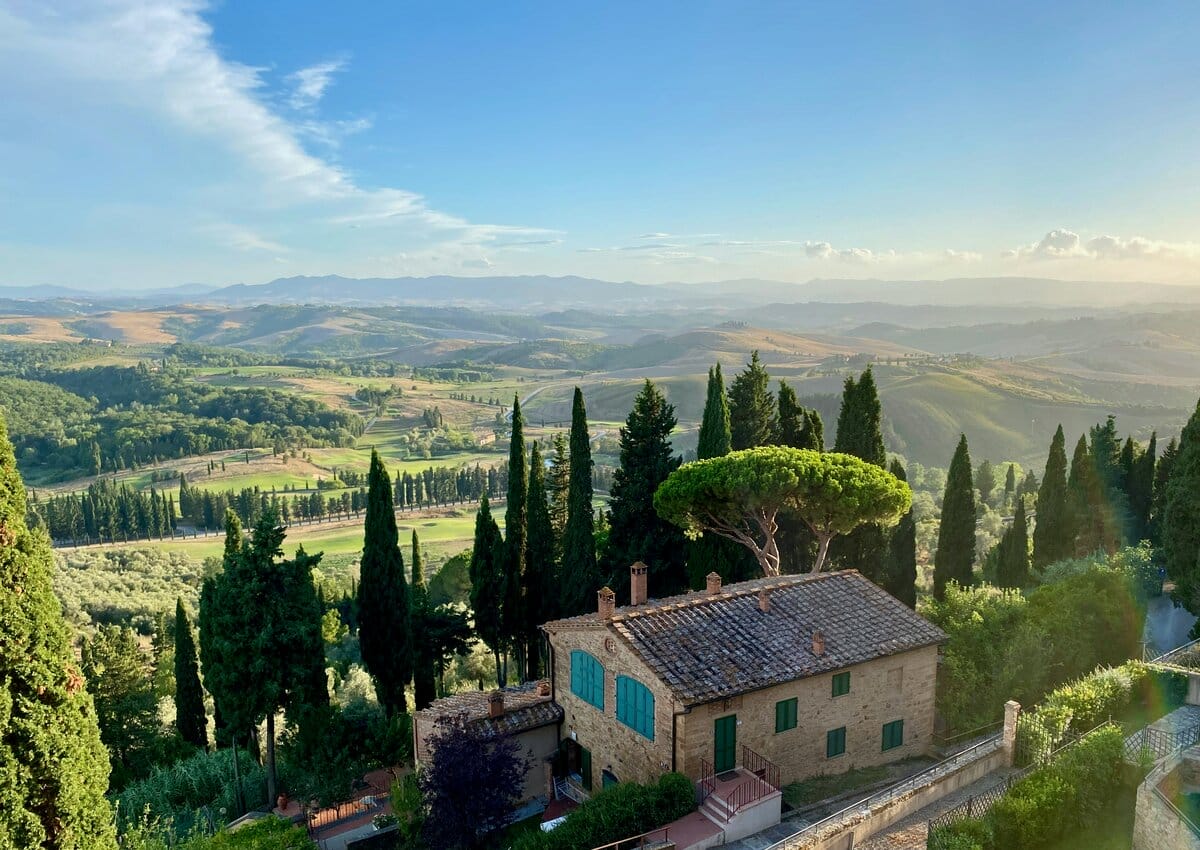
Grappa is made in different regions in Italy, including Tuscany. The flavors vary across the country depending on the type of grape used. Photo credit: Moira Nazzari
Several regions in Italy are renowned for producing high-quality grappa, each offering distinct characteristics influenced by their local grape varieties and distillation techniques. Here are some of the most famous regions:
Veneto
Veneto is one of the most prominent regions for grappa production. This area is home to many historic distilleries, such as Nardini and Poli, which are celebrated for their craftsmanship and innovation. The region’s diverse climate and rich soil contribute to the unique flavors of the grappas produced here.
Piedmont (Piemonte)
Piedmont, known for its exceptional wines, also excels in grappa production. The pomace from renowned grape varieties like Nebbiolo, used in Barolo and Barbaresco wines, is often distilled into high-quality grappa.
Trentino-Alto Adige
Located in the northern part of Italy, Trentino-Alto Adige is another significant region for grappa. The area’s mountainous terrain and cool climate provide ideal conditions for growing grapes. Distilleries like Bertagnolli and Pisoni produce grappa that reflects the purity and freshness of the Alpine environment.
Friuli-Venezia Giulia
Friuli-Venezia Giulia, bordering Slovenia and Austria, has a long tradition of grappa production. The region is known for its high-quality white grapes, which contribute to the production of elegant and aromatic grappas. Nonino, one of the most esteemed grappa producers, is based in this region and has played a crucial role in elevating the status of grappa worldwide.
Lombardy
Lombardy, particularly the areas around Lake Garda, also produces excellent grappa. The region’s diverse climate and fertile land support a wide variety of grape cultivation. Distilleries such as Francoli and Bonaventura Maschio are renowned for their meticulous production methods and high-quality products.
Tuscany
While Tuscany is primarily celebrated for its wines, it also produces notable grappa. The pomace from famous Tuscan grape varieties like Sangiovese, used in Chianti and Brunello di Montalcino wines, is distilled into rich and flavorful grappa. Distilleries like Jacopo Poli offer a range of grappa that showcases the region’s winemaking heritage.
Whether you’re a seasoned grappa enthusiast or new to the world of distilled spirits, understanding how to drink, make, and buy grappa can enhance your appreciation of this remarkable beverage. So next time you’re looking to try something new and wondering what is grappa, consider exploring the world of grappa—you might just find your new favorite drink.
by Gina Mussio
View more by Gina ›Book a Tour

Pristine Sistine - The Chapel at its Best
€89
1794 reviews

Premium Colosseum Tour with Roman Forum Palatine Hill
€56
850 reviews

Pasta-Making Class: Cook, Dine Drink Wine with a Local Chef
€64
121 reviews

Crypts, Bones Catacombs: Underground Tour of Rome
€69
401 reviews

VIP Doge's Palace Secret Passages Tour
€79
18 reviews

Legendary Venice: St. Mark's Basilica, Terrace Doge's Palace
€69
286 reviews









